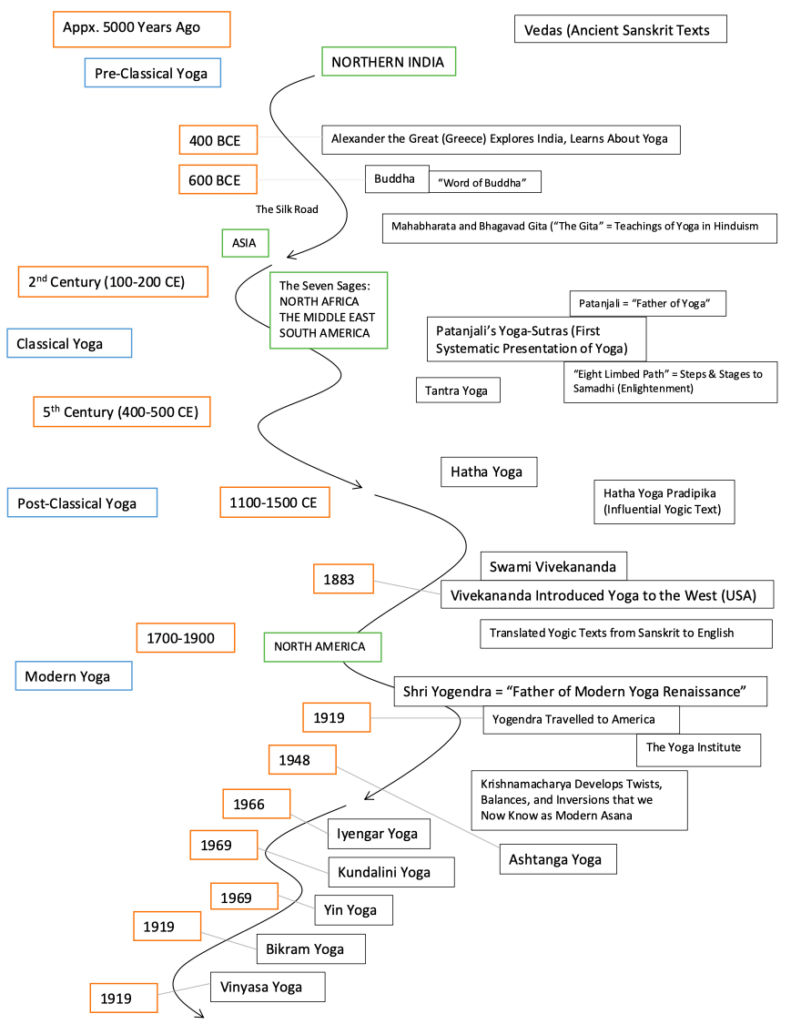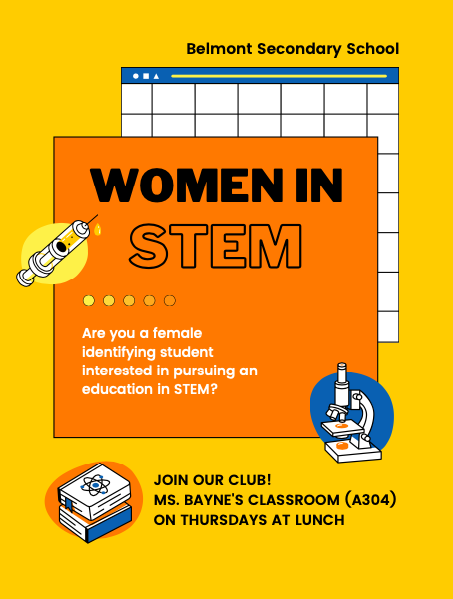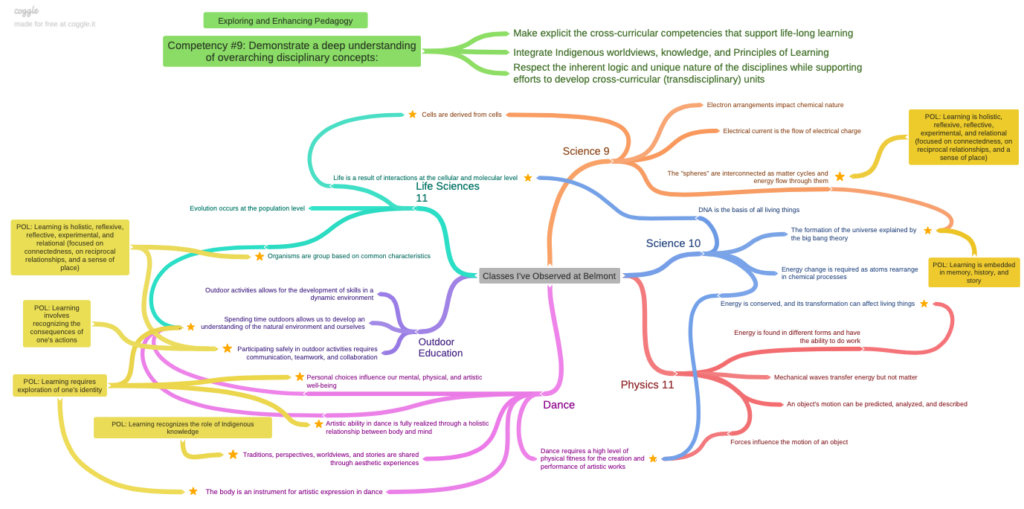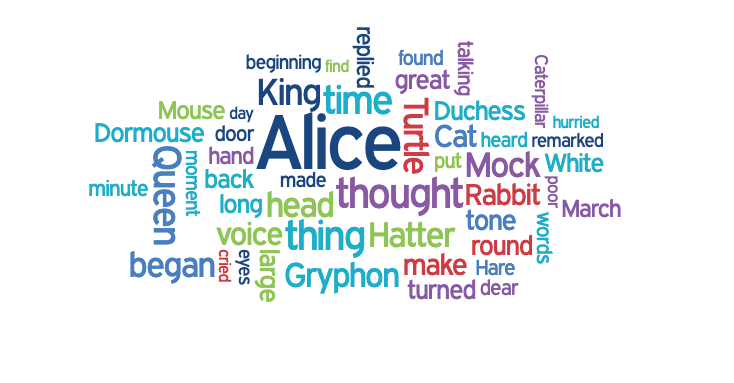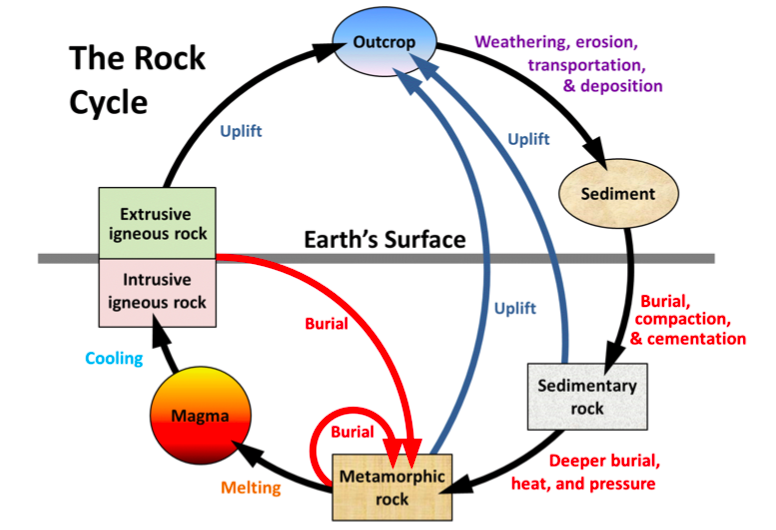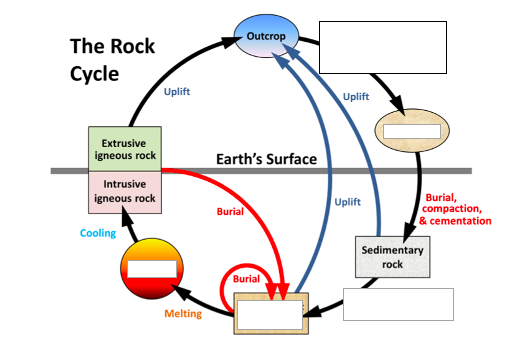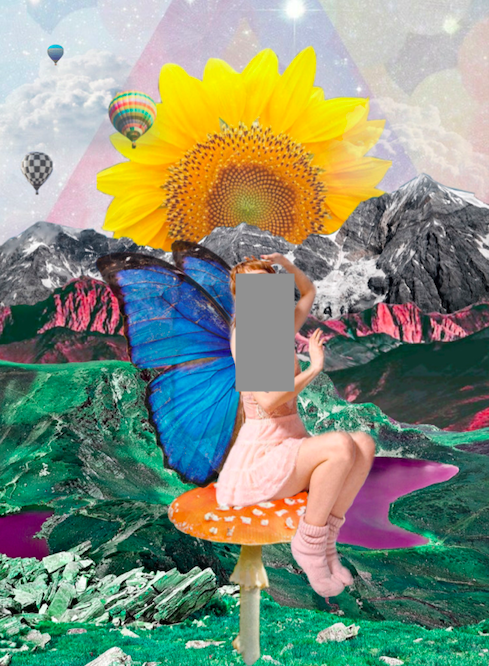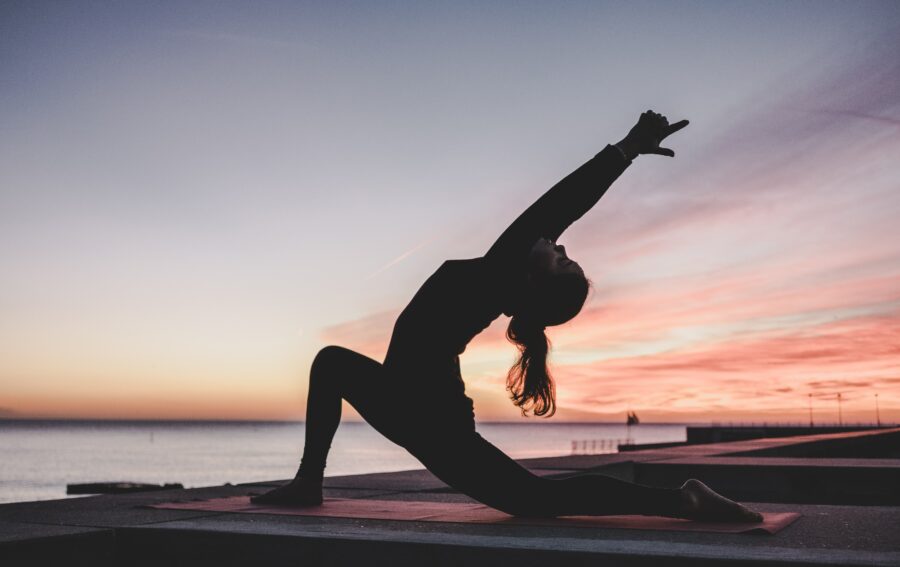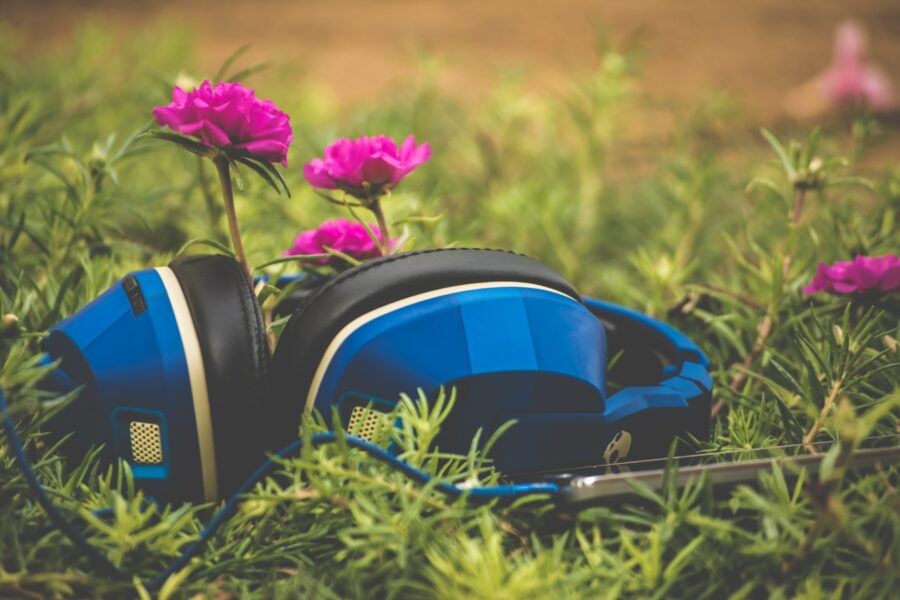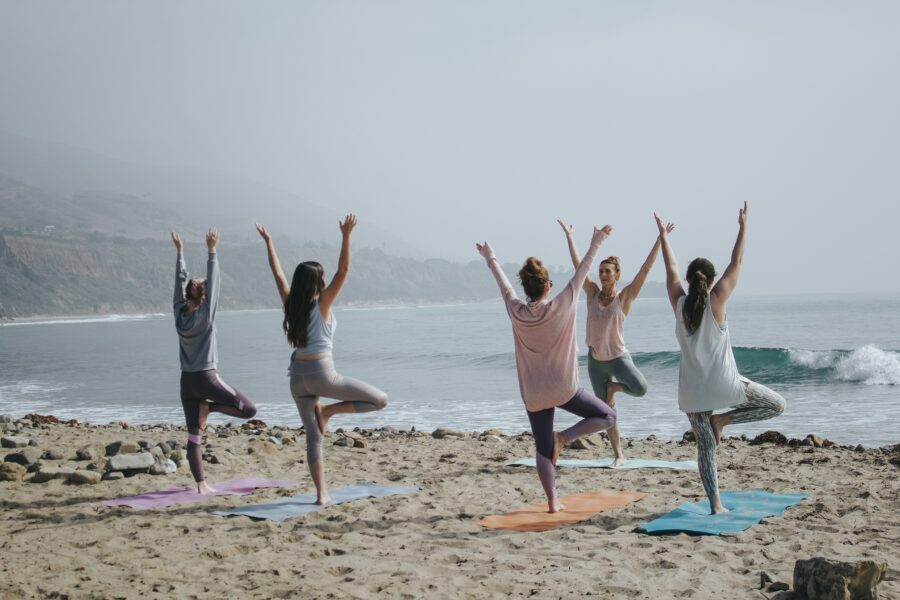I have always been an advocate for open access to knowledge. I felt like I ran into this topic a lot completing my undergrad in biology; always reaching dead ends when doing research because so many research articles have to be bought or subscribed to through an expensive journal. Gatekeeping information for the “elite” academics. I am very grateful now that the education program, and many current or past teachers that I’ve interacted with, are all about sharing resources. In EDCI 336 we spent a class discussing open educational resources (OER) and were given a list of websites to begin to explore. I am going to complete a brief review of some of these OERs that I could use as a PDP student over the next 15 months. More specifically I am going to be searching for materials that can connect with the Geology 12 (weathering and erosion processes) BC curriculum because I am going to be completing a unit plan for my EDCI 767 class in this area.
In no particular order:
1. ShareEdBC – You have to be a teacher that is invited to use this site. Not useful for me right now.
2. Teachers Pay Teachers – Lots of useful resources, most are payed for, still thousands that are free though. I couldn’t search specifically for ‘geology’ but there was an earth sciences category with some potential. Lots of photo packages of rocks and weather that would be good to put in power-points.
https://www.teacherspayteachers.com/Product/Google-Earth-Activity-Weathering-Erosion-and-Deposition-2568648?st=befc83bcb8a205a676e9fe106df2d6d7
https://www.teacherspayteachers.com/Product/Geography-Natural-DisastersSevere-Weather-StationsWebQuest-1419694?st=befc83bcb8a205a676e9fe106df2d6d7
3. Open School BC – Provides courses for finding open educational resources. Limited resources for finding specific subjects. Not useful for me at the moment search for Geology 12 material.
4. Siyavula – Need to sign up for a free trial. Only has practice and textbook resources for math, physics and chemistry.
5. CK-12 Foundation – Looks very promising, I will need more time to deep dive into this website.
https://www.ck12.org/search/?q=Geology&source=ck12&grade=12
6. Hyperdocs – Not much selection, nothing when I search for “geology”, very limited resources for secondary science. Requires you to make an account.
7. Curriki – Has some good links to other resources (ie. academic papers, PDF documents with information) on geology that would be a good refresher for me to go through.
https://library.curriki.org/oer/Weathering-vs-Erosion-186399
https://library.curriki.org/oer/An-Introduction-Into-Geology
8. Smithsonian Learning Lab – Couldn’t find any good resources for geology, but could be a good website for other topics (aka. biology). Requires you to make a free account.
9. Wikimedia – Great for finding specific photos.
10. OER Commons – A lot of resources for most science areas, just not many for geology. Still a good website to come back to.
Featured photo: Photo by Viktor Forgacs on Unsplash
